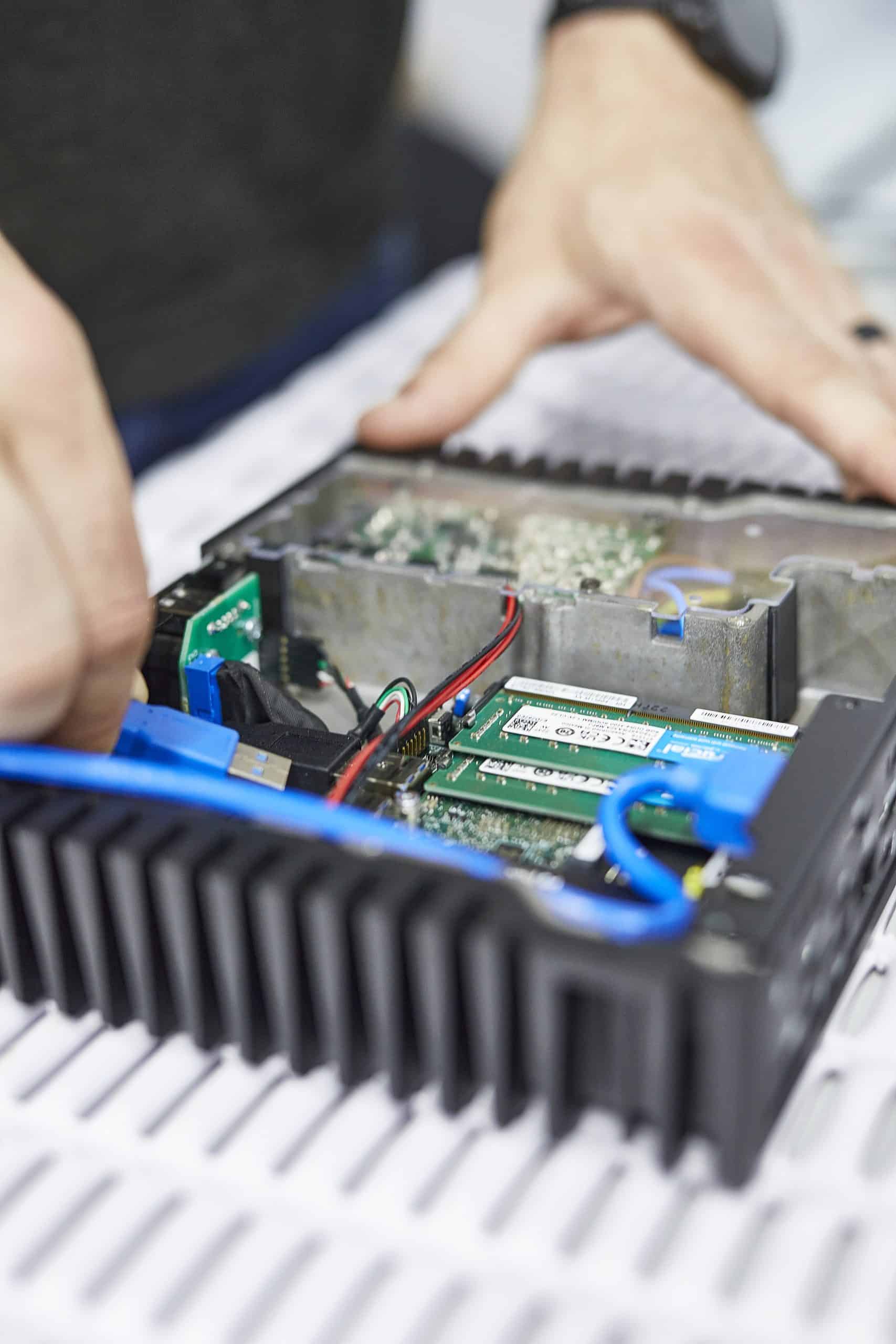AMD finally unveiled its 4th Gen EPYC processors at an event in San Francisco earlier this month. With up to 96 cores in a single processor, the new line-up – which also includes the Compute Density-Optimized Zen 4C for EPYC Bergamo, and the Cache-Optimized Zen 4 V-Cache within the EPYC Genoa-X series – has been created for critical workloads across cloud, enterprise, and high-performance computing (HPC).
AMD promises that its new processors should allow customers to use fewer, but more powerful, servers to meet individual compute needs, meaning greater flexibility within the data centre.
The technology takes a more universal approach to streamline and scale connectivity and infrastructure services.
For the company, the new series will help to bridge the gap between businesses meeting sustainability targets and driving productivity. Customers can save on power consumption and lower energy costs by adopting EPYC, according to bosses.
So, what can you expect from the Genoa series? AMD has helpfully provided review samples of the EPYC 9654 96-core processor, the EPYC 9554 64-core processor, and the EPYC 9374F 32-core high frequency CPU.
The 9654 is the flagship processor with up to 12 CCDs, 96 cores, and 192 threads, and it comes with 32 MB of L3 cache and 1 MB of L2 cache per core (Zen 3 offers 512 KB per core).
Available on storage or in the cloud, it features a 2.4GHz base clock with 3.7GHz boost clock and has a 360 Watt TDP. The configurable TDP on this lone 96 core part is from 320 to 400 Watts.
It also improves on AMD Infinity Guard, offering physical and virtual layers of protection as well as twice the number of encryption keys compared with previous generations to allow users to keep their data secure, either in the cloud or in storage.
The 9554 is AMD’s higher-tier, 64-core part over the EPYC 9534, sporting 64 cores/128 threads, with a 3.1GHz base clock and 3.75GHz boost clock while having a 360 Watt TDP like the EPYC 9654.
Like the 9654, the cTDP can be adjusted from 320 to 400 Watts. The current flagship Milan processor, the EPYC 7763, in comparison, is 64 cores/128 threads with a 2.45GHz base clock and 3.5GHz maximum boost clock.
Or on the Milan-X side is the EPYC 7773X with a 2.2GHz base clock and 3.5GHz maximum boost clock while having the 768MB of L3 cache.
The AMD EPYC 9374F 32-core high frequency part coming up in its separate review has a base clock of 4.05GHz and a boost of 4.3GHz while having a 320 Watt TDP.
Get in touch for more information on 4th Gen EPYC processors available in G2 Digital rack mounted systems. Our experts can work directly with you to design and build a bespoke or tailored solution. Contact our team on +44(0) 333 880 4242 or drop us an email.
















